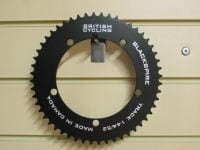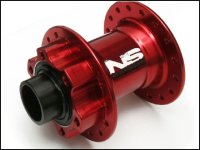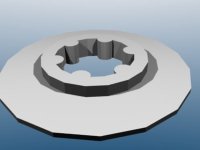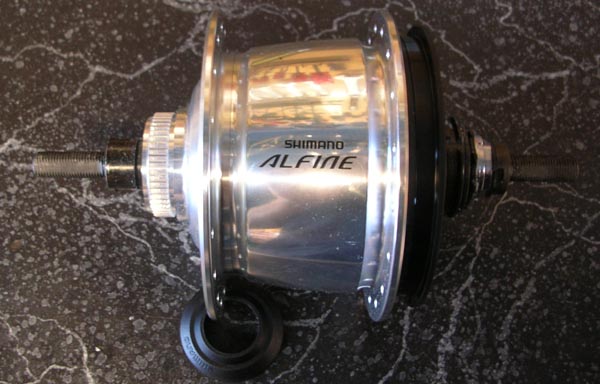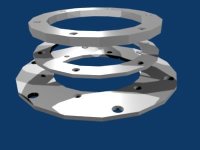recumpence
1 GW
Hey Guys,
In an attempt to keep from clogging up the drive system thread, I figured I would start a new thread about options for braking while using the disc brake flange as a sprocket mount.
Here is one possibility. I opened up my Avid caliper to the max and it fits (with room to spare) around this #25 sprocket! So, I could use a "Sprotor" (sprocket/rotor) arrangement if I am willing to run a #25 chain. I am not sure that small chain will be enough. But, if I go with a large enough sprocket, the chain loading will be lower and the "Rotor" will be larger for better braking. So, maybe a 8 inch Sprotor?
Any thoughts?
Matt
In an attempt to keep from clogging up the drive system thread, I figured I would start a new thread about options for braking while using the disc brake flange as a sprocket mount.
Here is one possibility. I opened up my Avid caliper to the max and it fits (with room to spare) around this #25 sprocket! So, I could use a "Sprotor" (sprocket/rotor) arrangement if I am willing to run a #25 chain. I am not sure that small chain will be enough. But, if I go with a large enough sprocket, the chain loading will be lower and the "Rotor" will be larger for better braking. So, maybe a 8 inch Sprotor?
Any thoughts?
Matt


